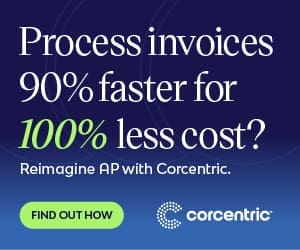Accounts Payable Audit Checklist: Optimizing Operational Performance Through Accounts Payable Automation Software

Accounts Payable Audit Checklist
Accounts payable (AP) is an essential component of financial management. Good AP operations lead to improved efficiency, faster payment cycles, and reduced risk of fraud and errors. While manual and paper-based approaches are commonly used to manage the AP process, many organizations are now turning to automated software to streamline and improve transactions and audits.
AP automation software provides wide range of features and benefits, such as increased accuracy and timeliness of payments, enhanced visibility into the entire AP process, improved control over financial data, and streamlined collaboration between departments and vendors. Utilizing automated software can lead to improved operational performance and internal control.
It is important for organizations to understand how to effectively use automation software in order to achieve the desired results. The following are tips to improve operational performance through the use of AP automation software:
1. Establish Clear IT Policies and Procedures Developing, implementing, and enforcing policies and procedures helps ensure that everyone understands what the protocols are and how they are to be carried out.
2. Integrate Systems Automation software works best when it is integrated with existing systems and processes. By linking the software with other components of the finance organization, companies can ensure data consistency, accuracy, and compliance.
3. Automate with Care Automation should be implemented only when it makes sense. In other words, manual processes should only be automated if they can be automated without sacrificing efficiency or accuracy.
4. Leverage Automated Auditing AP automation software can help with audits by providing detailed data on payees, amounts, payment history, and more. Automated auditing can help reduce the risk of fraud and errors, and can also save time and reduce the cost associated with auditing.
5. Continuous Monitoring It is important to continuously monitor the systems used for automation to identify areas where improvements need to be made, or where additional controls may be needed.
By leveraging the power of automation software, organizations can significantly improve operational performance and gain greater control over their financial data. To take full advantage of these benefits, it is important for organizations to establish clear IT policies and procedures, integrate systems, automate with care, utilize automated auditing, and continuously monitor. With focus on these tips, organizations can ensure optimized performance through the use of AP automation software.

